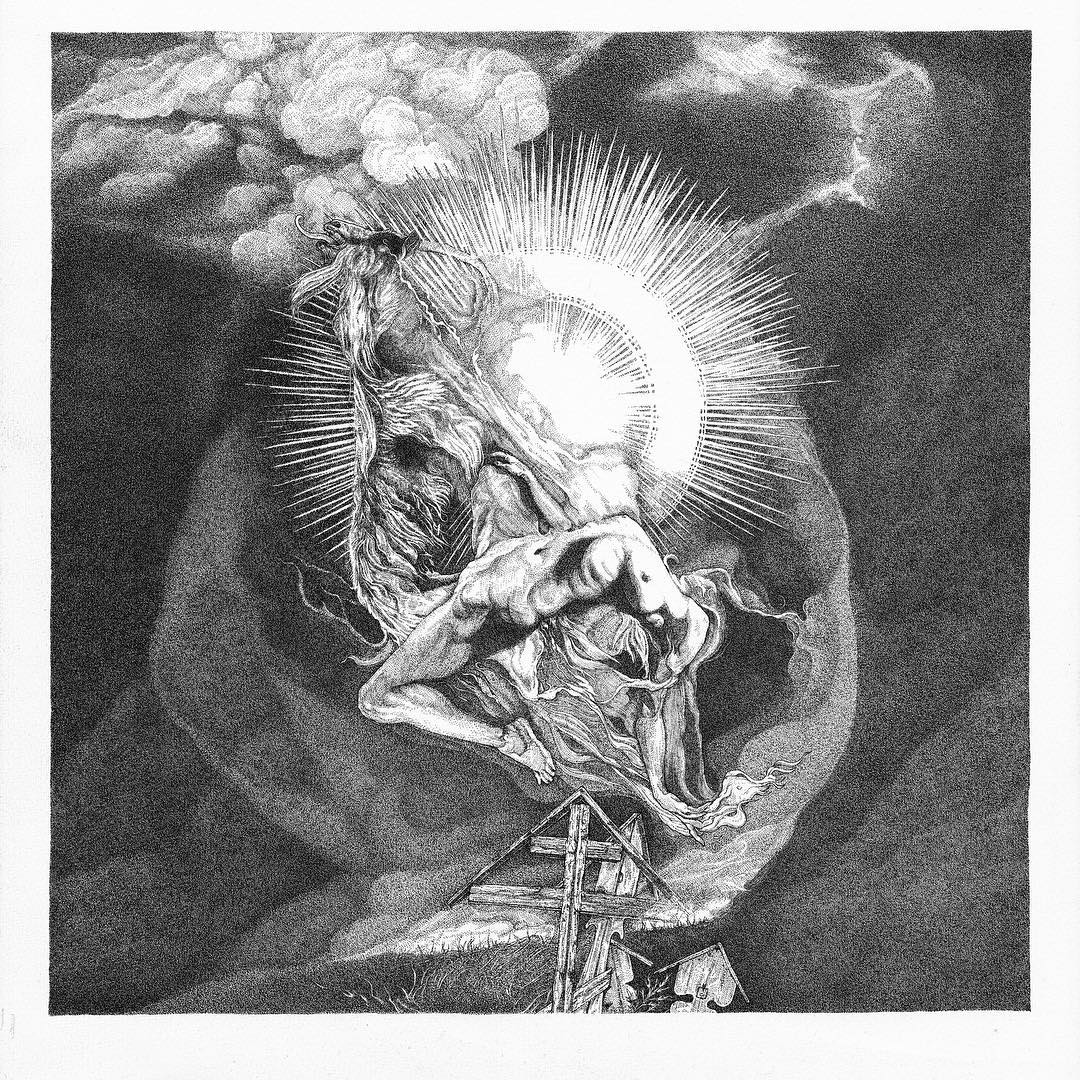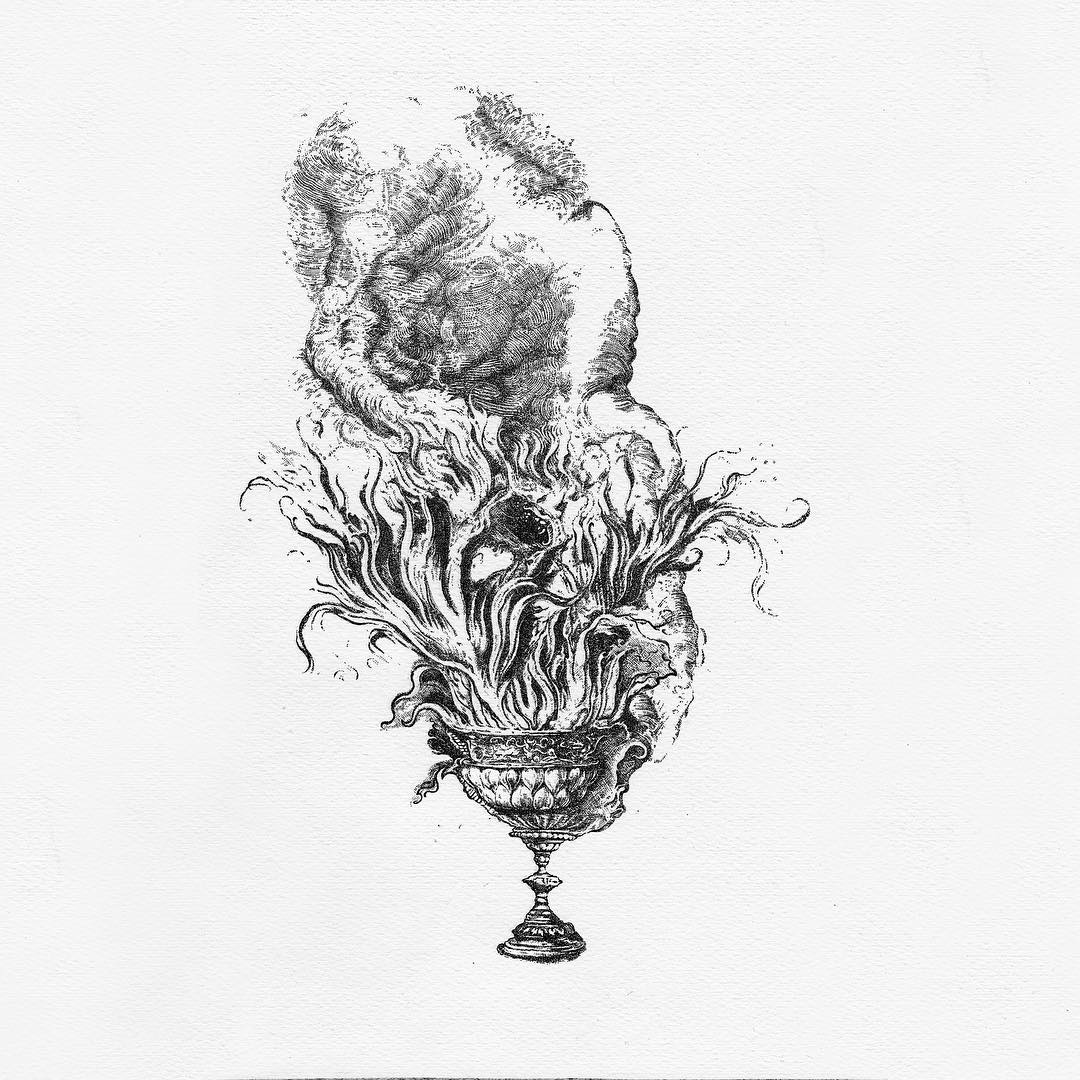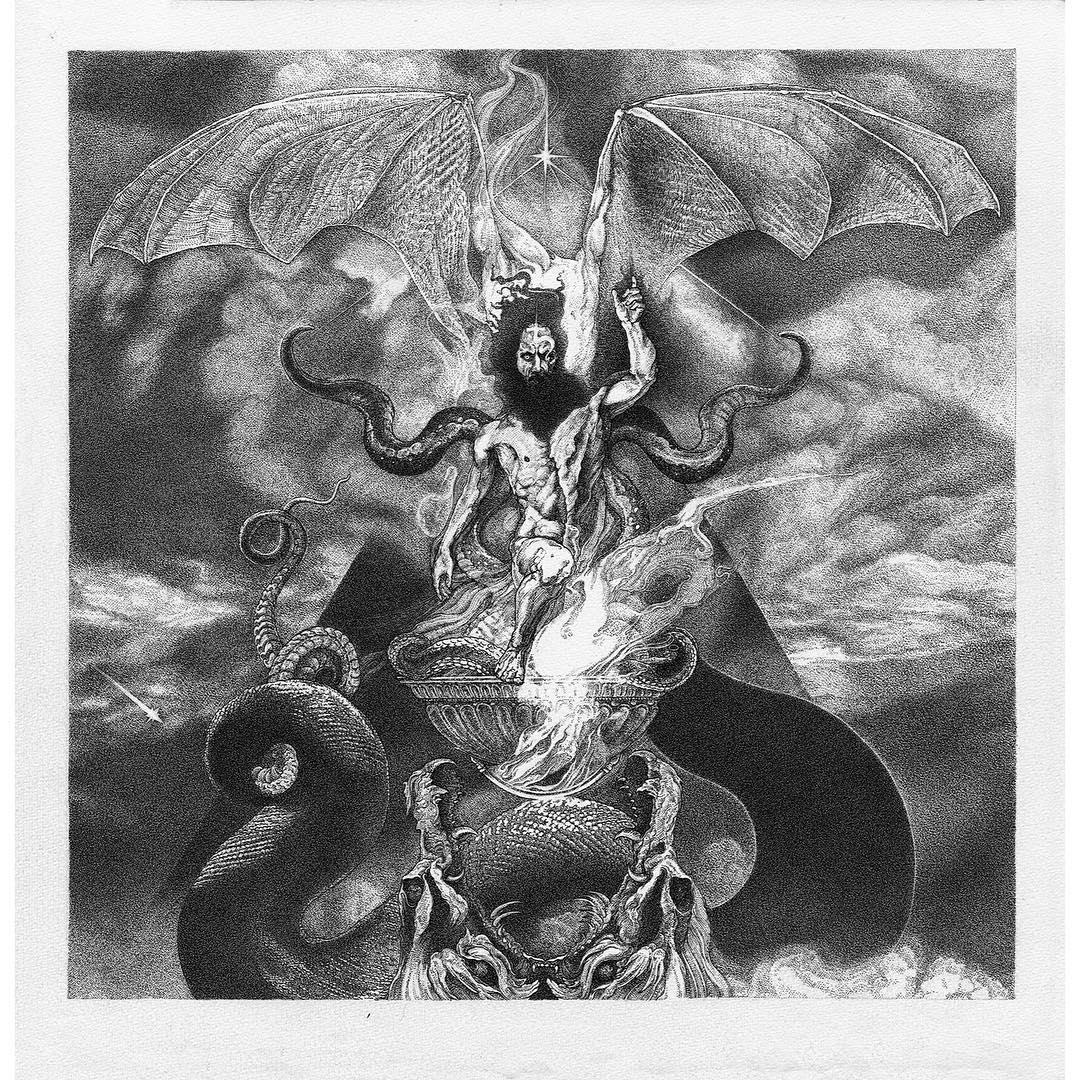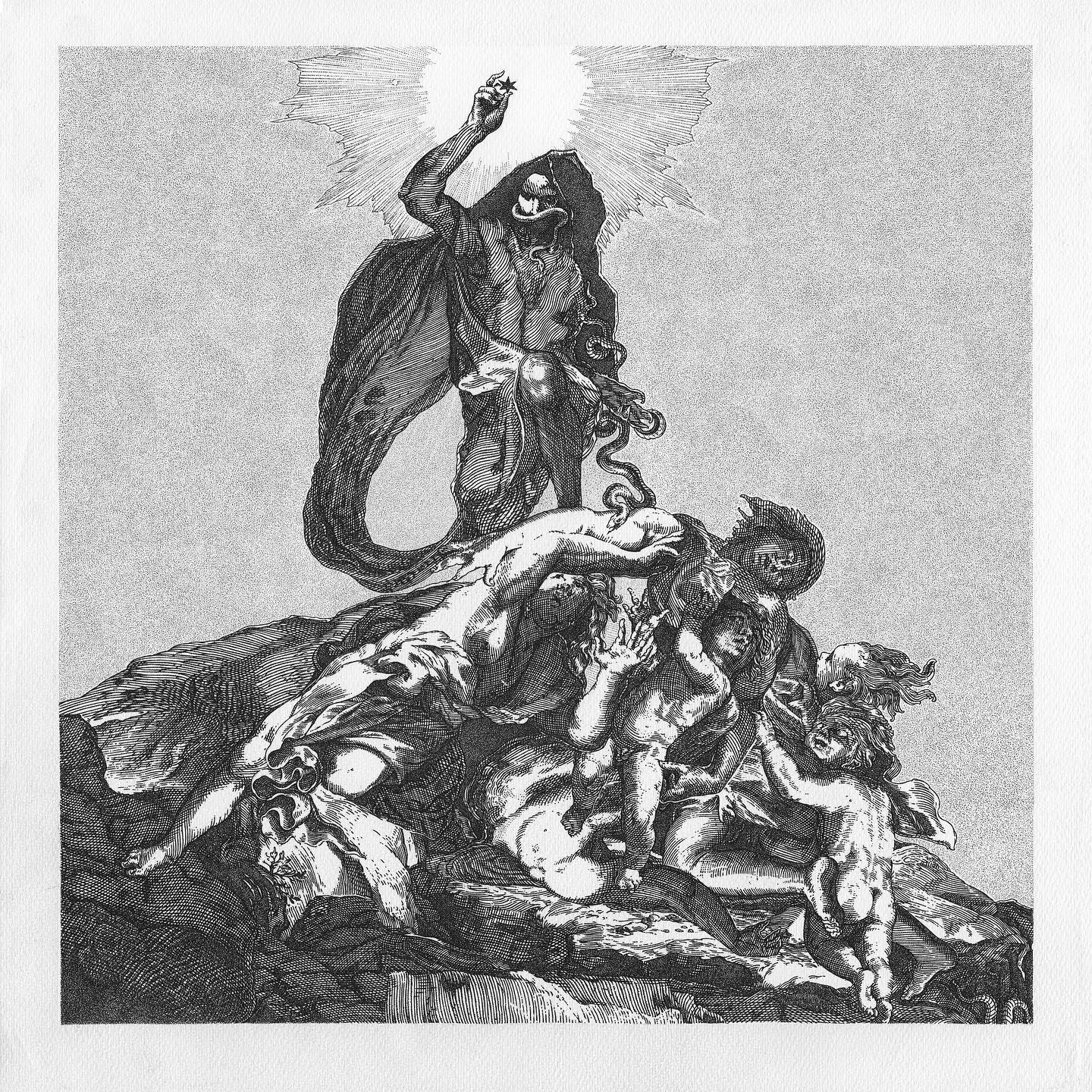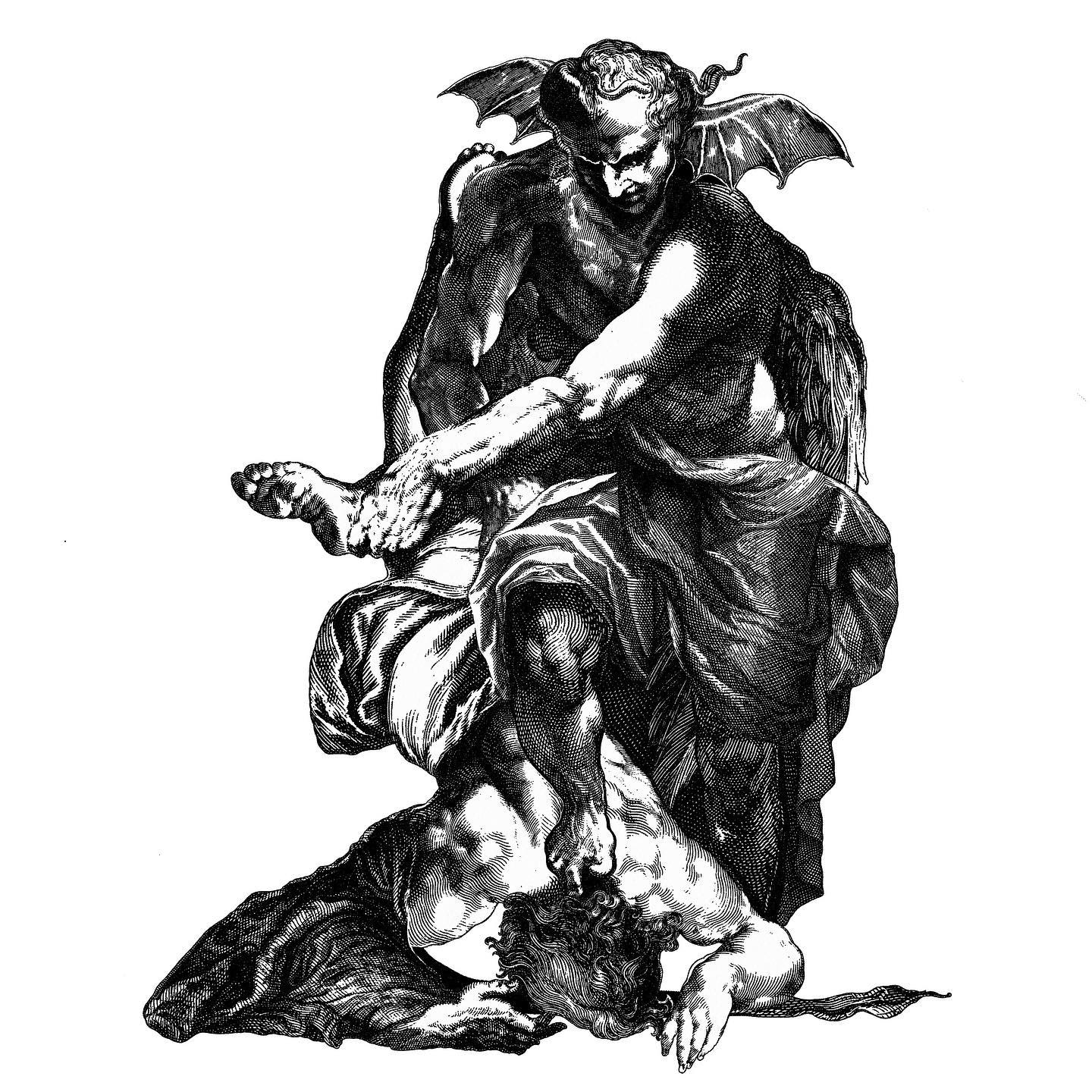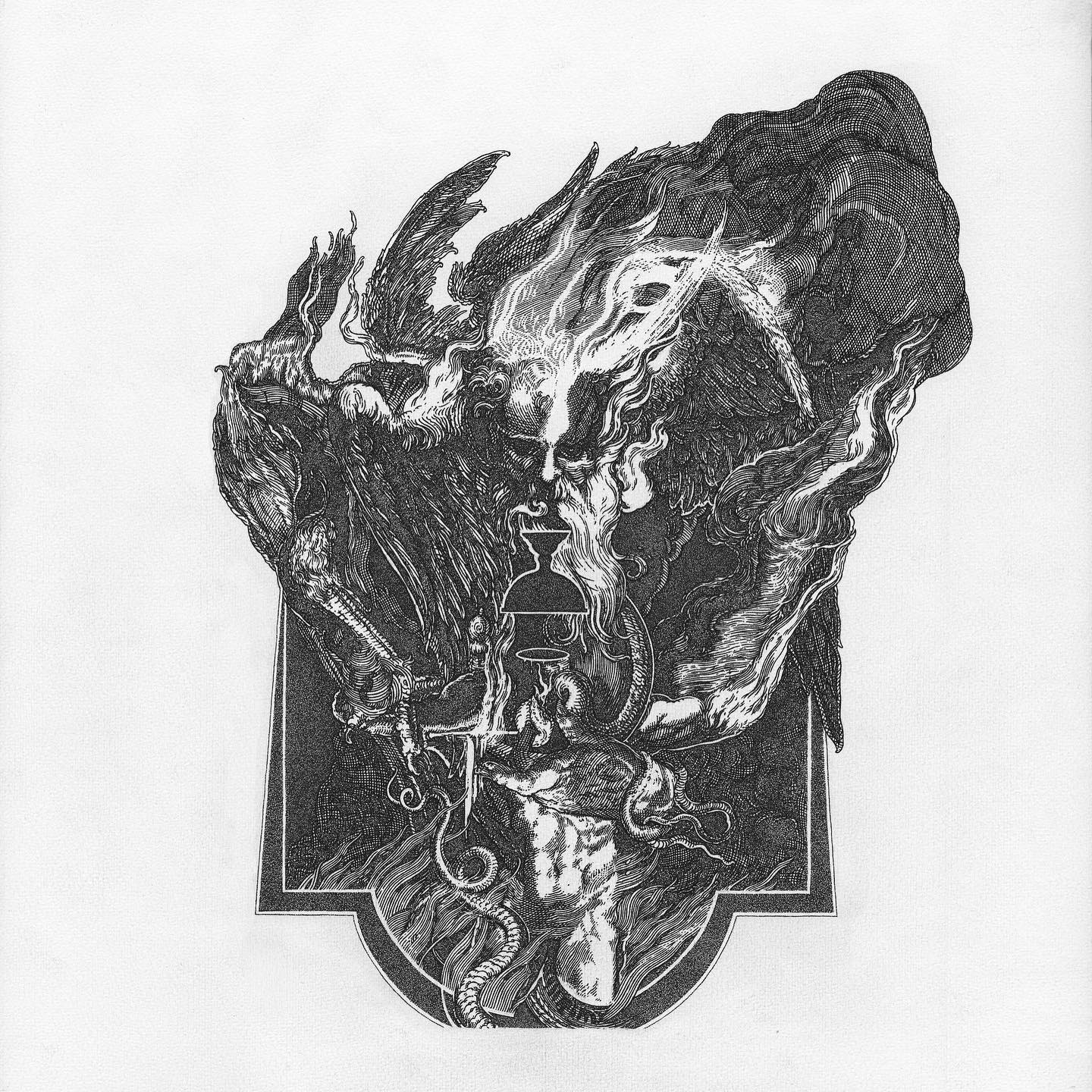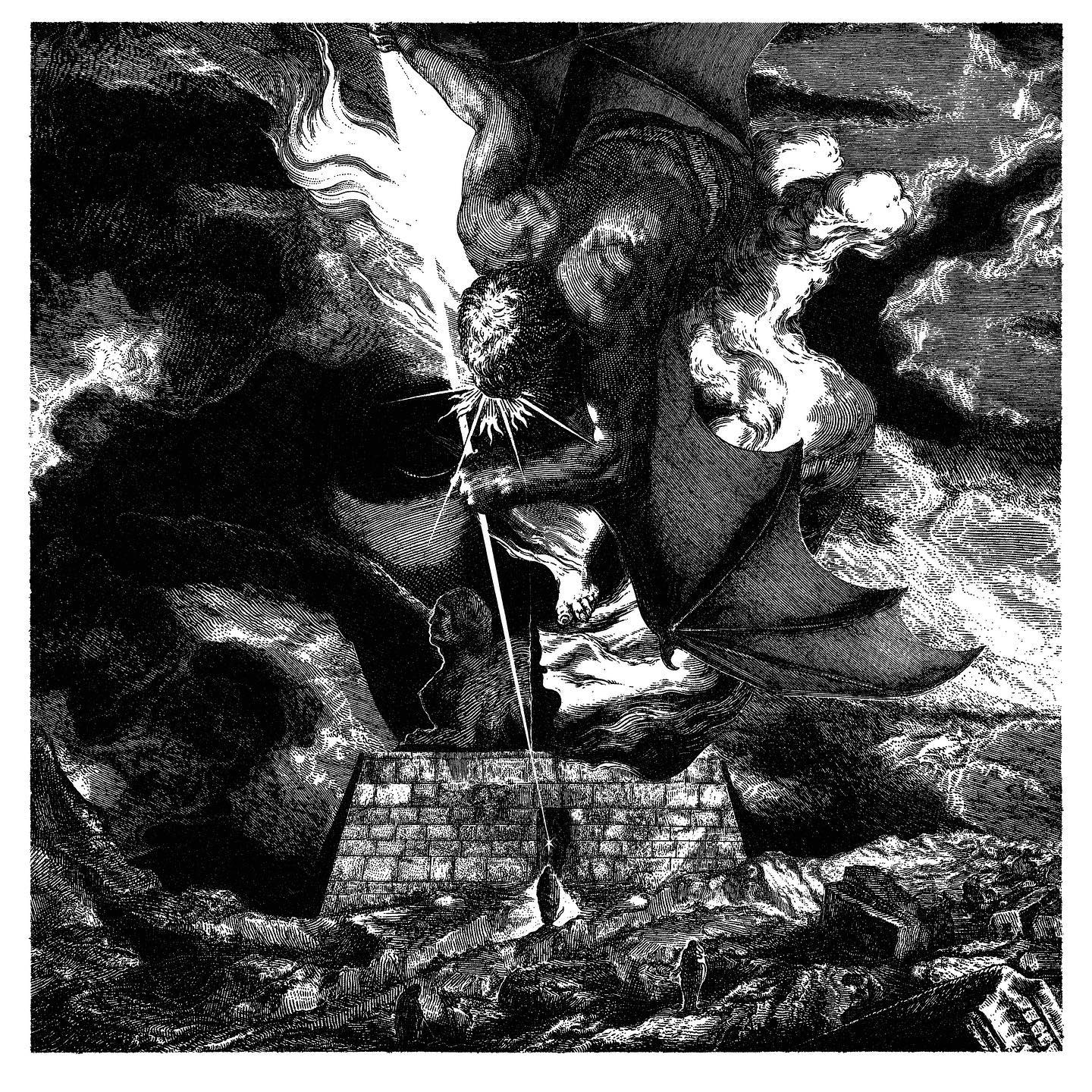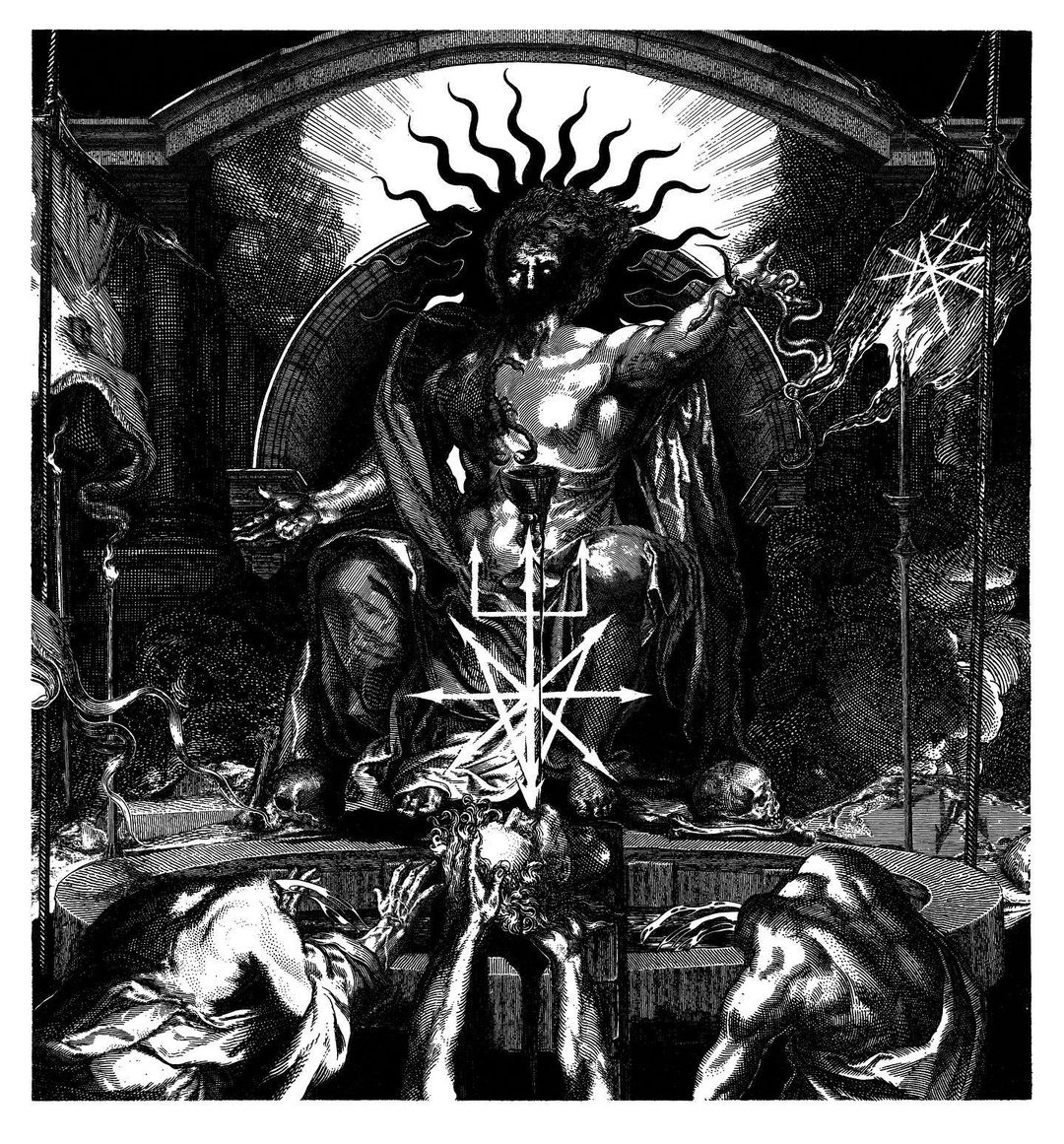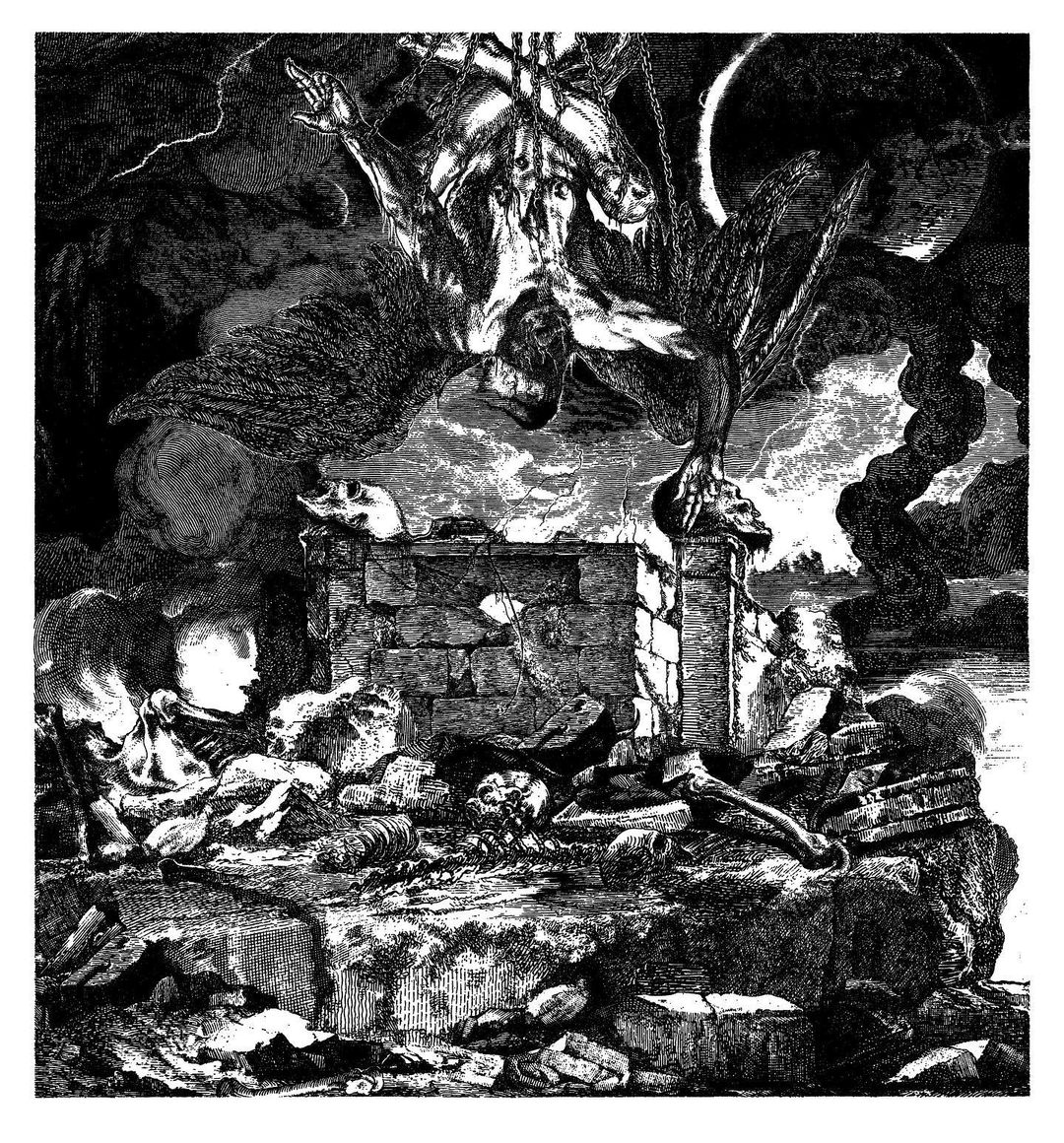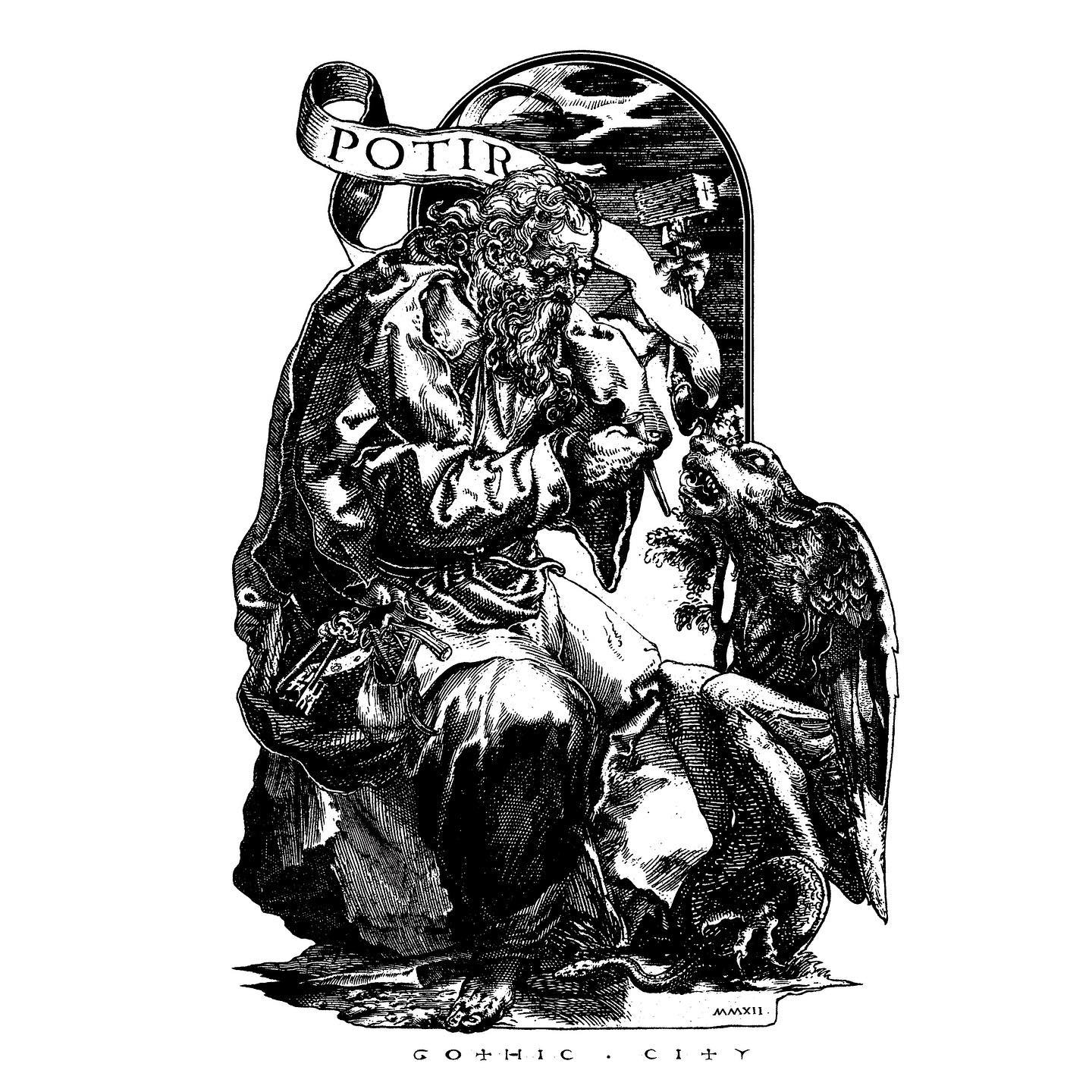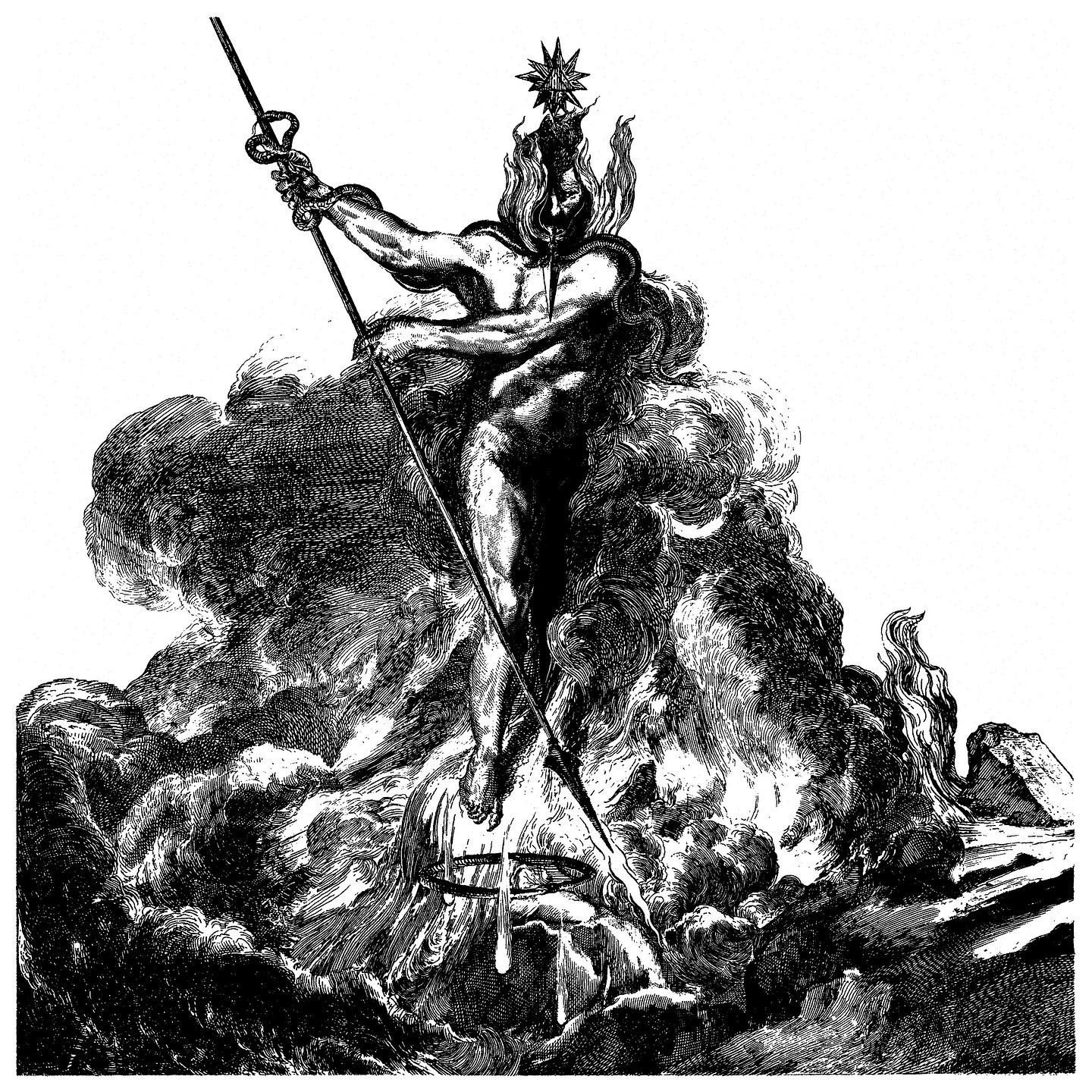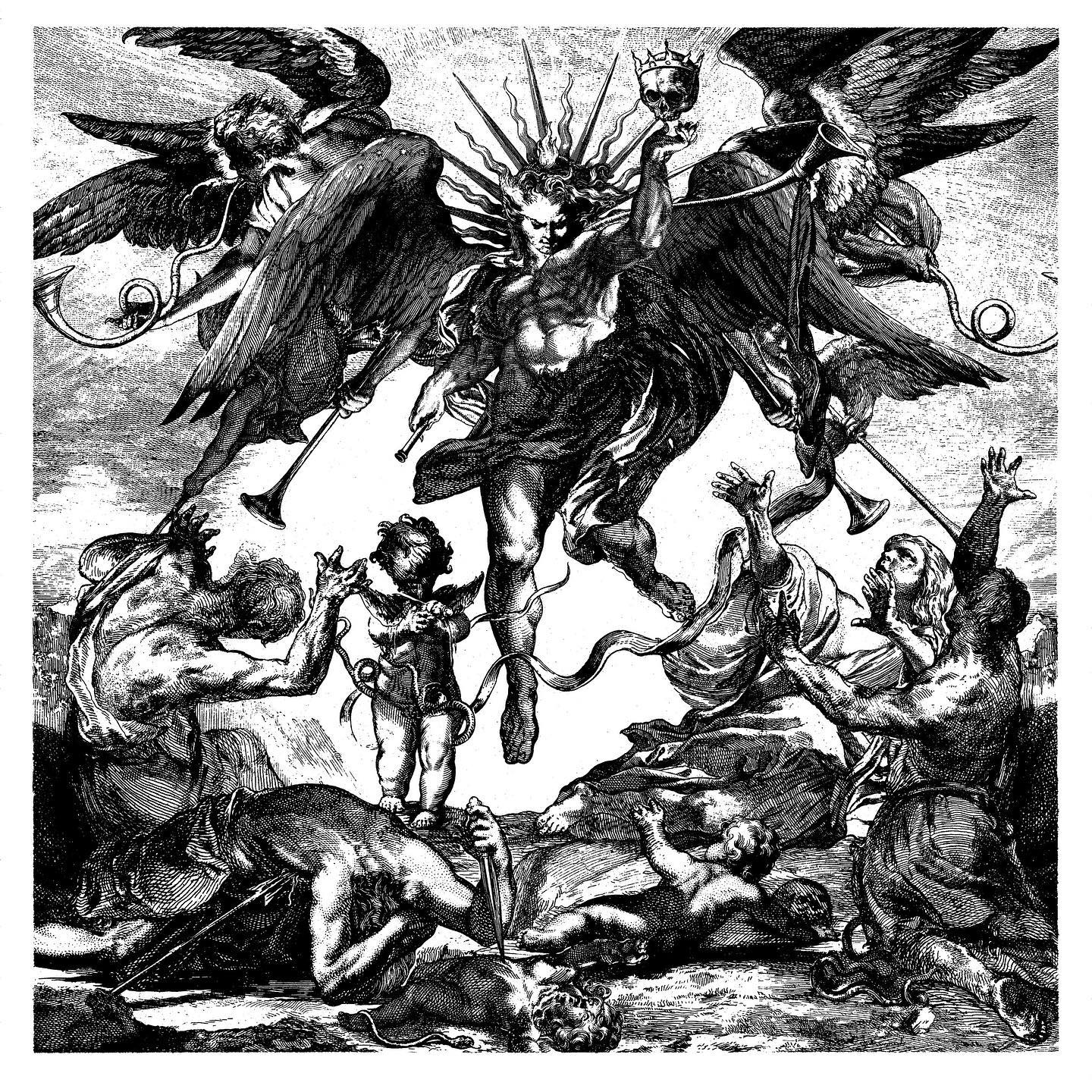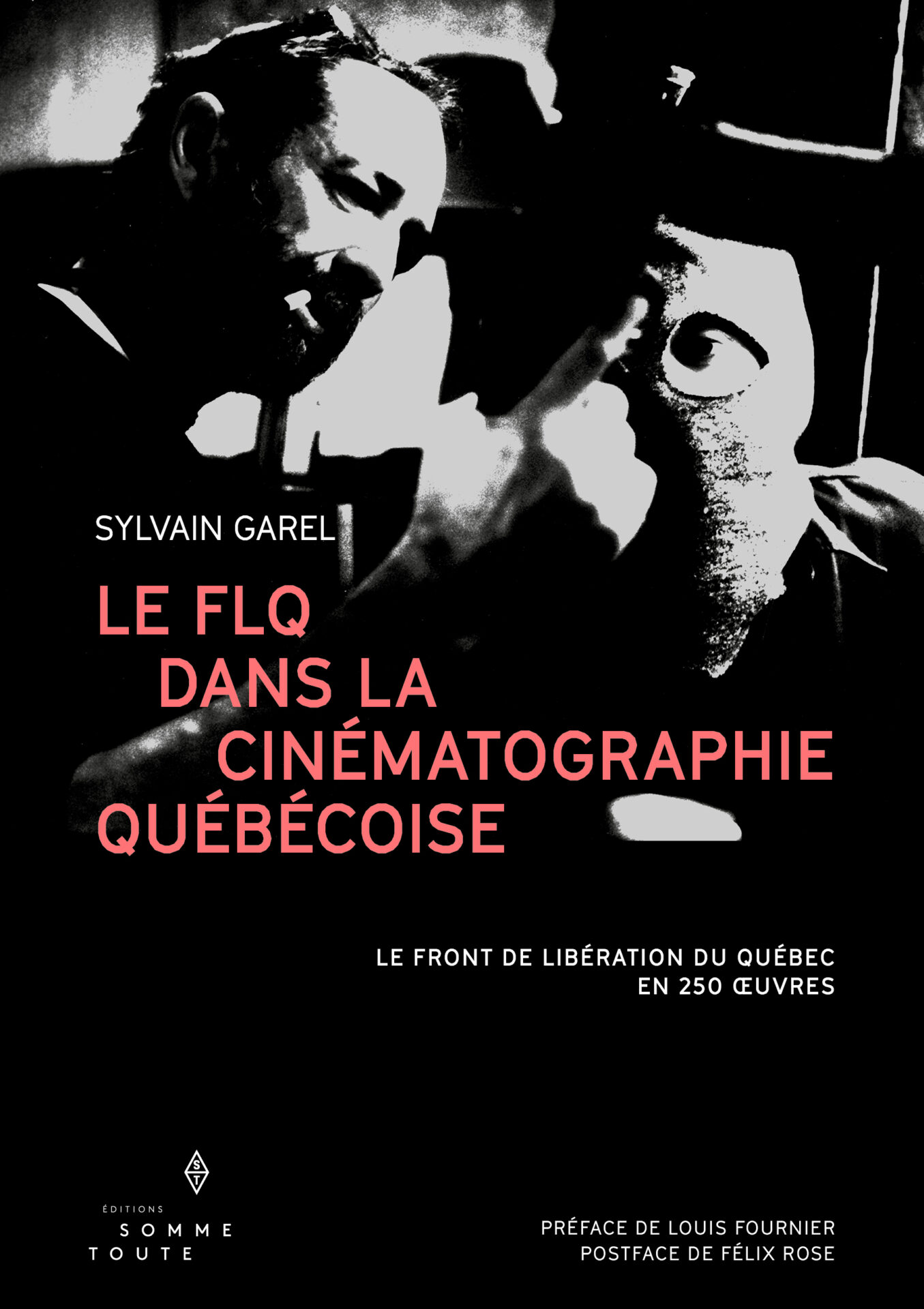*Lancement : Le FLQ dans la cinématographie québécoise de Sylvain Garel à la Cinémathèque québécoise, le 25 octobre à 17 h 30.
Le FLQ dans la cinématographie québécoise
Le Front de libération du Québec en 250 œuvres
Sylvain Gravel
Préface de Louis Fournier
postface de Félix Rose
Éditions Somme Toute
2023, 608 pages
Le FLQ et le cinéma québécois sont nés en même temps, au début des années 1960, lors de la Révolution tranquille. Plusieurs jeunes cinéastes étaient indépendantistes et séduits, de surcroît, par un projet utopique de révolution. La quasi-totalité des bâtisseurs de notre cinéma national, et presque tous nos grands cinéastes, ont évoqué le FLQ dans leurs films.
Le livre de Sylvain Garel est un ouvrage de référence qui deviendra un incontournable pour les cinéphiles. Divisé en deux parties (un essai historique et un index de films), ce livre nous présente plus de 200 œuvres, fictions ou documentaires, courts ou longs métrages, qui évoquent de près ou de loin le FLQ et son acmé, la crise d’Octobre. Après des milliers d’heures de visionnement, Garel a rédigé des notices fouillées, fruit d’une recherche minutieuse. Son livre est une mine d’or d’informations.
***
Octobre
Pierre Falardeau, Canada, 1994, 97 min
En plein cœur de la crise d’Octobre de 1970, les quatre felquistes de la cellule Chénier enlèvent le ministre du Travail et de l’Immigration Pierre Laporte, afin de forcer le gouvernement à négocier la libération des prisonniers politiques du FLQ. Pendant une semaine, heure après heure, jour après jour, les quatre hommes de la maison de la rue Armstrong écrivent l’histoire et changeront à jamais le visage politique du Québec et la portée du mouvement souverainiste québécois, autant sur la scène nationale qu’internationale. On vit avec les cinq hommes qui, acculés au mur par le pouvoir, piégés par l’implacable logique des événements, emportés par le poids des choses, l’un après l’autre, affrontent leur destin. À l’issue d’une semaine de séquestration, le destin se jouera pour le ministre et les felquistes. Une fin tant tragique qu’héroïque. Une mort nécessaire et injustifiable… En effet, la police retrouve le corps du ministre dans le coffre arrière d’une automobile. Que s’est-il passé ?
***
XPQ, traversée du cinéma expérimental québécois (2020) dirigé par RALPH ELAWANI et GUILLAUME LAFLEUR (July 18, 2020)
JAZZ LIBRE et la révolution québécoise (2019) de ERIC FILLION (February 3, 2019)
***
Les relations ANGLO-FRANCO dans
le cinéma québécois :
A Song for Quebec (1988) de DOROTHY TODD HENAUT (August 16, 2021)
Les Rose (2020) de FÉLIX ROSE (October 8, 2020)
Quebec My Country Mon Pays (2016) by JOHN WALKER (November 17, 2016)
Montréal New Wave (2016) de ÉRIK CIMON (February 26, 2016)
Between the Solitudes (1992) by ABBEY JACK NEIDIK (January 13, 2016)
La langue à terre (2013) de JEAN-PIERRE ROY & MICHEL BRETON (January 8, 2016)
Les États-Désunis du Canada (2012) de MICHEL BARBEAU, GUYLAINE MAROIST & ÉRIC RUEL (December 8, 2015)
Reaction: A Portrait of a Society in Crisis (1973) by ROBIN SPRY (May 1, 2015)
Le journal de madame Wollock (1979) de GILLES BLAIS (January 15, 2015)
Le sort de l’Amérique (1996) de JACQUES GODBOUT (January 16, 2015)
Speak White (1980) & Le temps des bouffons (1985) de PIERRE FALARDEAU et JULIEN POULIN (January 20, 2015)
Le mouton noir (1992) & Les héritiers du mouton noir (2003) de JACQUES GODBOUT
(January 22, 2015)
Le confort et l’indifférence (1981) de DENYS ARCAND (January 26, 2015)
Le chat dans le sac (1964) de GILLES GROULX (April 7, 2014, à la toute fin de l’entrevue)
Québec Soft (1985) de JACQUES GODBOUT (June 24, 2011)
Mon oncle Antoine (1971) de CLAUDE JUTRA (December 24, 2010)
Les événements d’octobre 1970 (1974) de ROBIN SPRY (October 6, 2010)
Maciste all’inferno (Maciste in the Underworld)
Guido Brignone, Italy, 1926, 100 min
The screenplay by Riccardo Artuffo provided director Guido Brignone with a scenario rich in fantastic and bizarre humor. Completed in 1925, Maciste all’inferno ran afoul of the censors — reputedly because of charges that its depictions of Hell and Lucifer were blasphemous, which may explain why the Devil is now referred to as Lord Pluto — and the film was released in Sweden three months before it premiered in Italy in March of 1926. Maciste all’inferno was re-released in the early 1940s with a synchronized music and sound-effects track, and the Maciste character surfaced again in the ’50s and ’60s during a revival of the muscleman epic alongside stalwarts such as Hercules, Goliath, Colossus, Samson, Atlas, and “The Strongest Man in the World.”
Maciste all’inferno occupies a very special niche in Italian cinema as the film that inspired Federico Fellini to get into the movies. He spoke of the film as a sort of scena primaria in his personal cinematic subconscious: “I’m sure that I remember it well because the image has remained so deeply impressed that I have tried to re-evoke it in all my films. I saw it standing with my father’s arms around me amidst a crowd of people in wet overcoats because it was raining outside. I remember a large woman with nude belly, her belly button, her eyes darkened with make-up, blazing. With an imperious movement of her arm she created a circle of flames around Maciste, he also half-naked and with a dove in his hand.
– Rebecca Peters, silentfilm.org
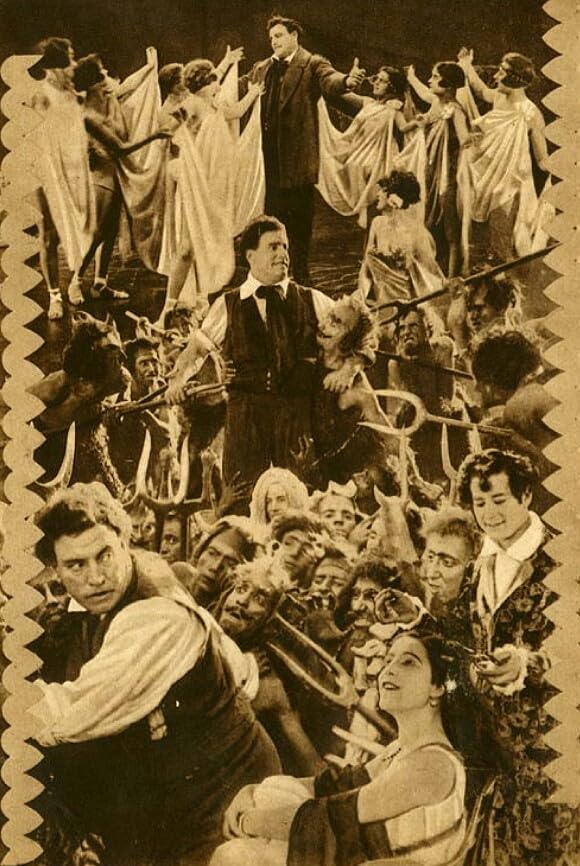
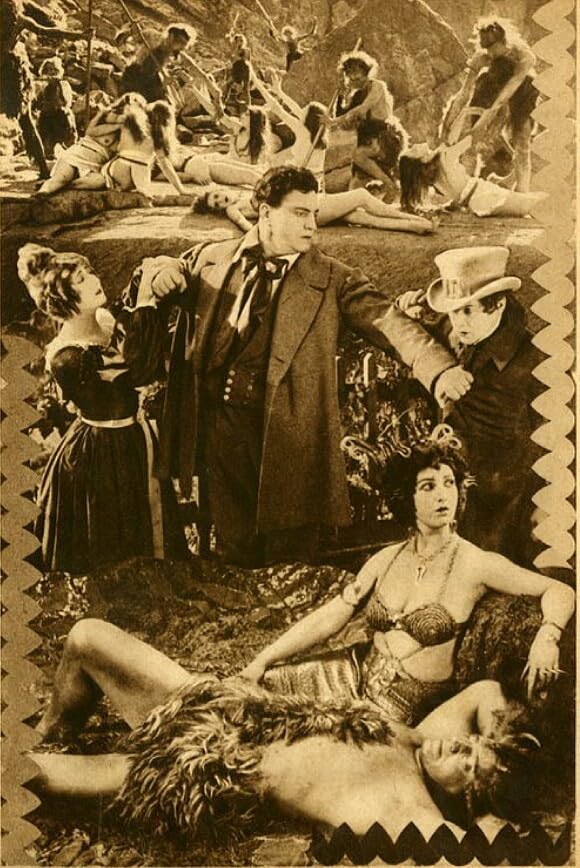
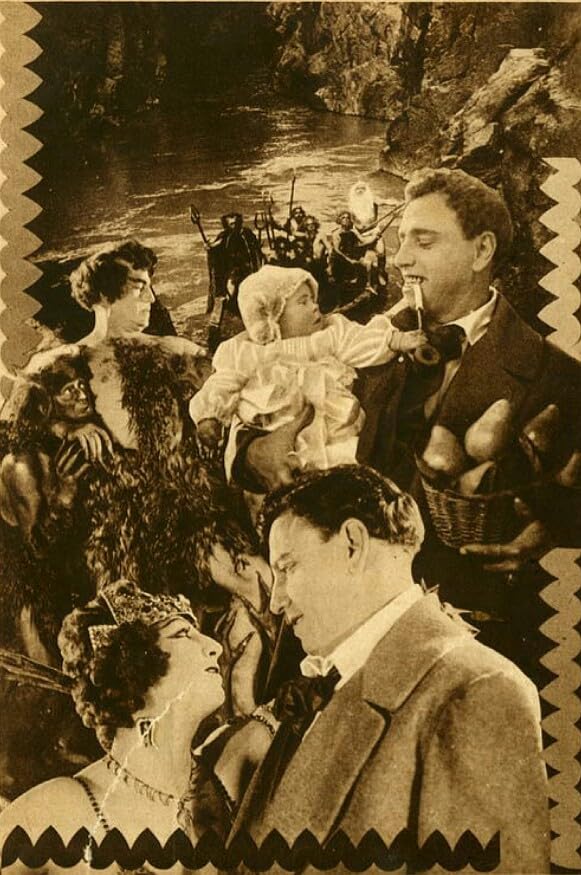
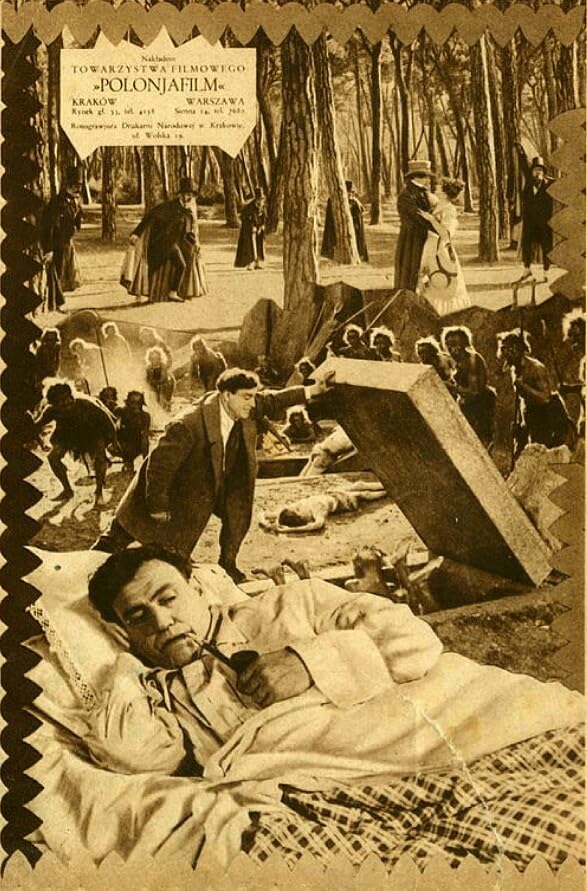
View this post on Instagram
***
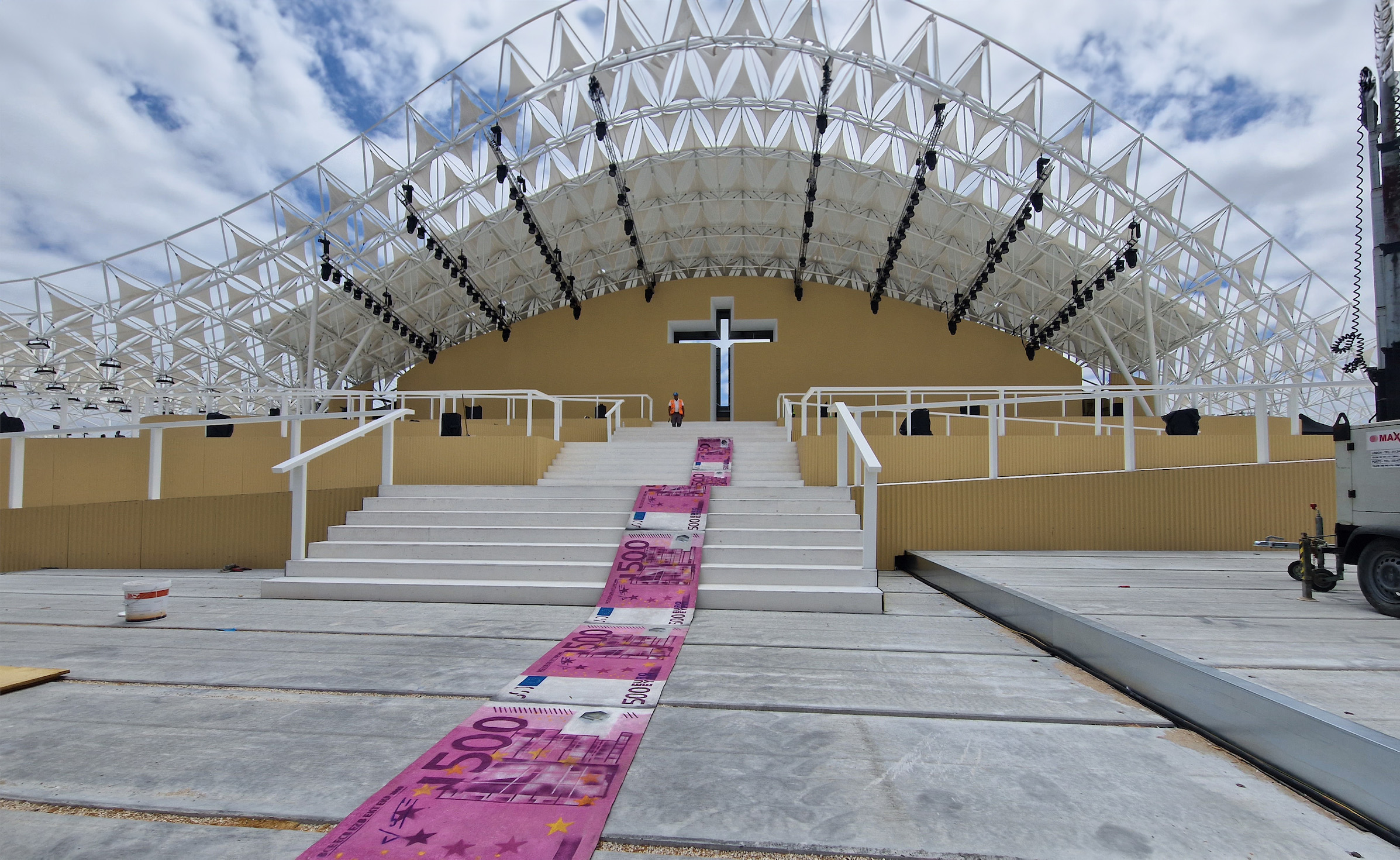
Bordalo II’s banknote red carpet cascading down the stairs of an elaborate, custom-built stage ahead of Pope Francis’s visit to Lisbon, Portugal, for World Youth Day (image courtesy Bordalo II studio)
Bordalo II staged “Walk of Shame,” printed with €500 banknotes, to call out the multimillion-dollar price tag of hosting Pope Francis
When he learned of the eyebrow-raising cost of hosting Pope Francis in Lisbon, Portugal, for a week-long event known as World Youth Day, installation artist Artur Bordalo (better known as Bordalo II) took matters into his own hands.
On July 28, Bordalo II and his team accessed the event’s custom-built main stage to roll out a red carpet printed with €500 ($546) banknotes, directly confronting the Portuguese government, the Catholic Church, and the Lisbon and Loures city councils for the collective €161 million (~$177 million) spent in preparing for and hosting the Pope.
“In a secular state, at a time when many people are fighting to keep their homes, their work and their dignity, millions of public funds have been invested to sponsor the tour of the Italian multinational,” Bordalo II wrote in an Instagram statement along with images and videos of the carpet roll-out that he dubbed the “Walk of Shame.” Official reports outlining cost estimates for the first World Youth Day since 2019, an international pilgrimage event devoted to deepening the faith of young Catholics, were made public at the end of last January.
View this post on Instagram
Portuguese citizens were both slack-jawed and outraged at the nine-figure estimates considering that half of all Portuguese employees made less than €1,000 per month and house rents have soared over 40% since 2017, with Lisbon clocking in at a 53% increase. Despite the overwhelming financial crises affecting the nation, Lisbon’s city council agreed to an original cost of approximately €4.2M ($4.59M) for the Pope’s stage, justifying its potential for future use down the line on top of an additional €17m ($18.6M) investment to prepare the surrounding grounds for World Youth Day.
While the cost of the stage alone was eventually brought down to €2.9M after enough pushback, the cloud of controversy surrounding the Church’s ongoing sex abuse scandal also loomed over the Papal visit. Primarily celebrated for his trash-based installations protesting pollution and excessive waste production, Bordalo II addressed the scandal last year through a series called Cruzes, Credo, Canhoto (2022), consisting of a crucified baby doll and a large cross made of stuffed toys situated in Portuguese churches as well as revamped street signs calling out the manipulation of the clergy.
Rhea Nayyar
Hyperallergic
Merci A-E D.
***
The Story of a Pope Portrait Made Out of Condoms (July 2, 2015)
La Nona Ora (1999) de MAURIZIO CATTELAN (February 12, 2013)
Why haven’t I heard of the artist Hilma af Klint?
Tate Museum, USA, 2023, 2 min 30 sec
In this film, Frances Morris (Director Emerita, Tate Modern) discusses the visionary work of Swedish painter, Hilma af Klint. Explore Klint’s interest in scientific discovery, spirituality and philosophy, as well as her otherworldly paintings, which she believed were commissioned by higher powers.
***
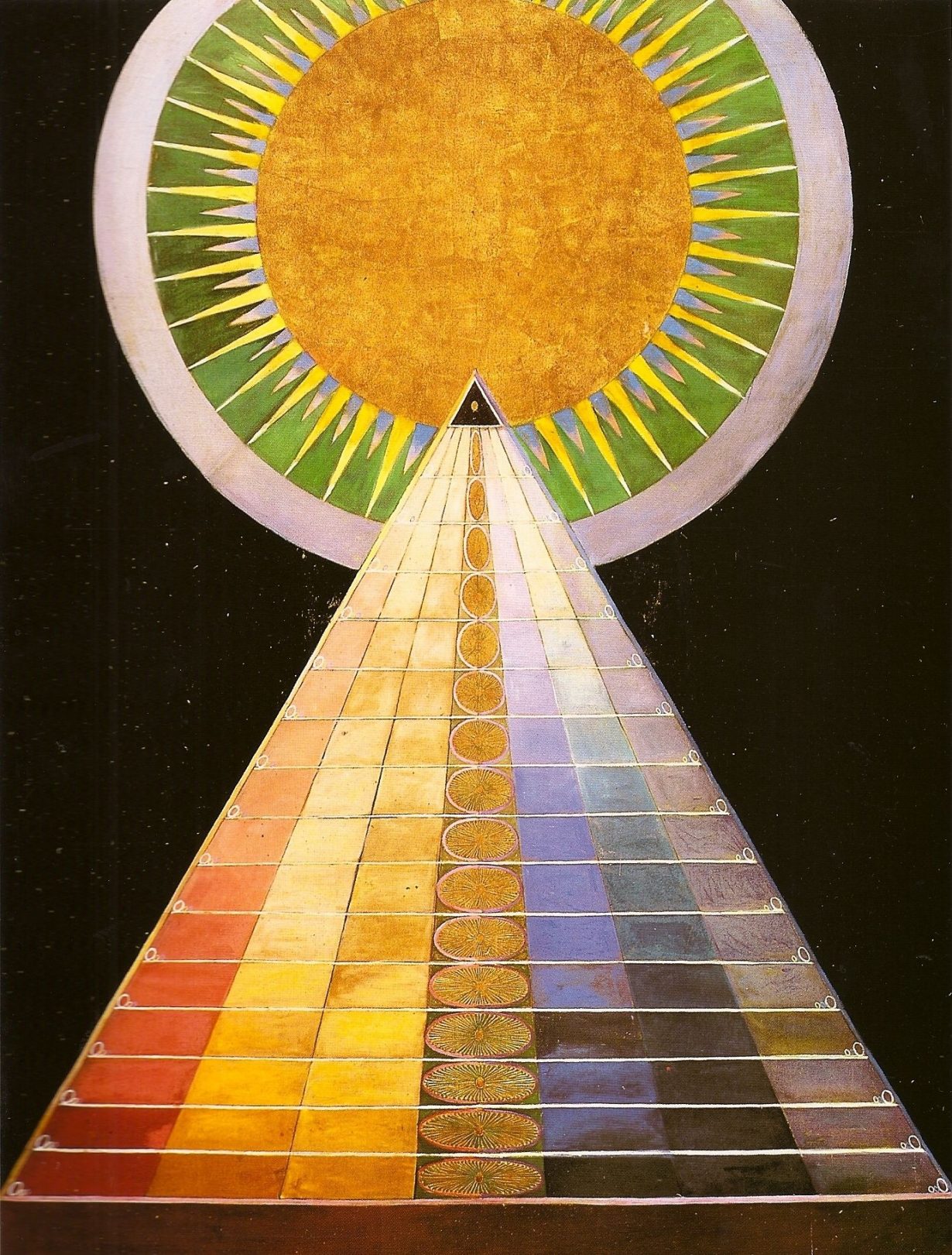
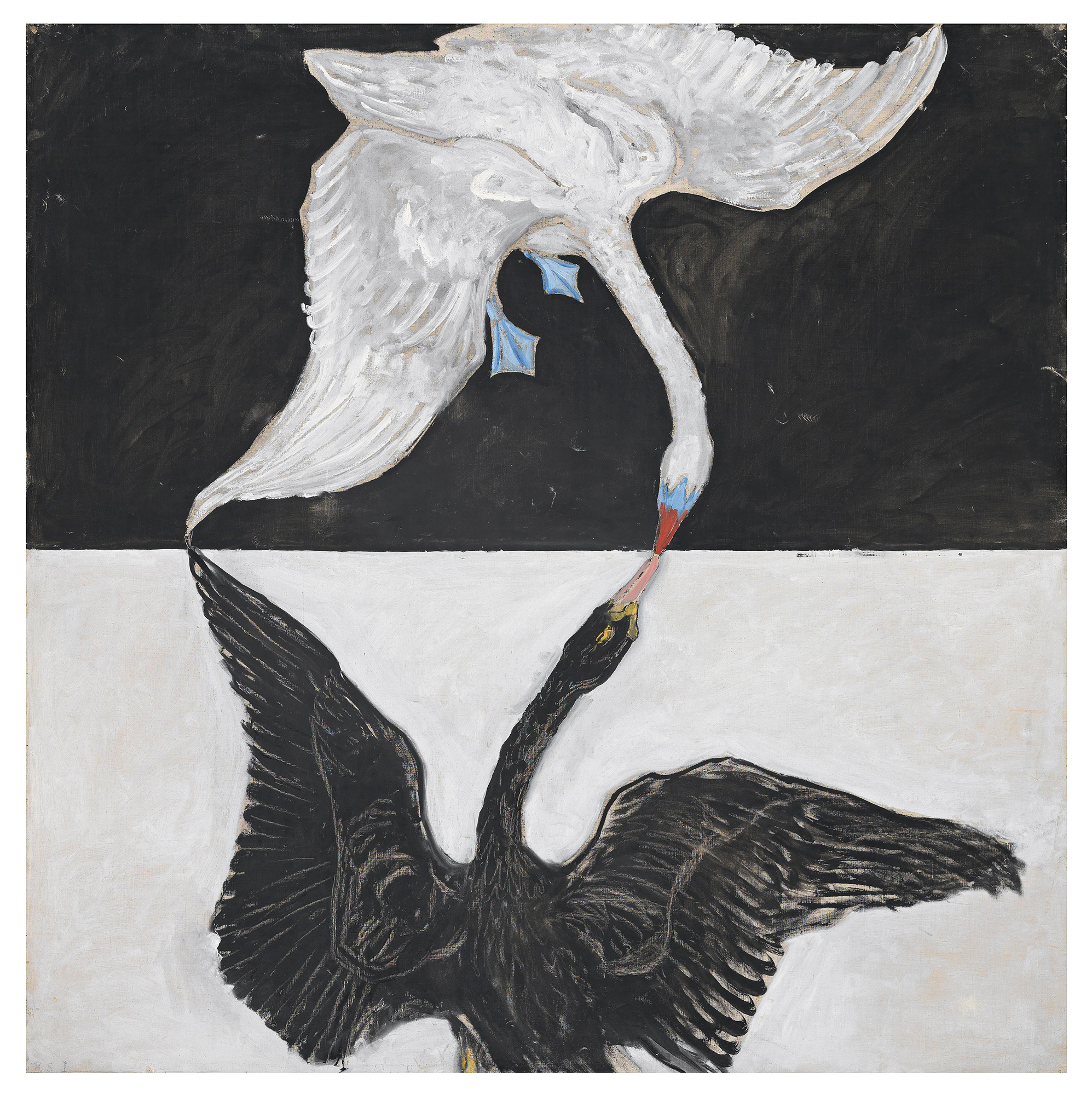
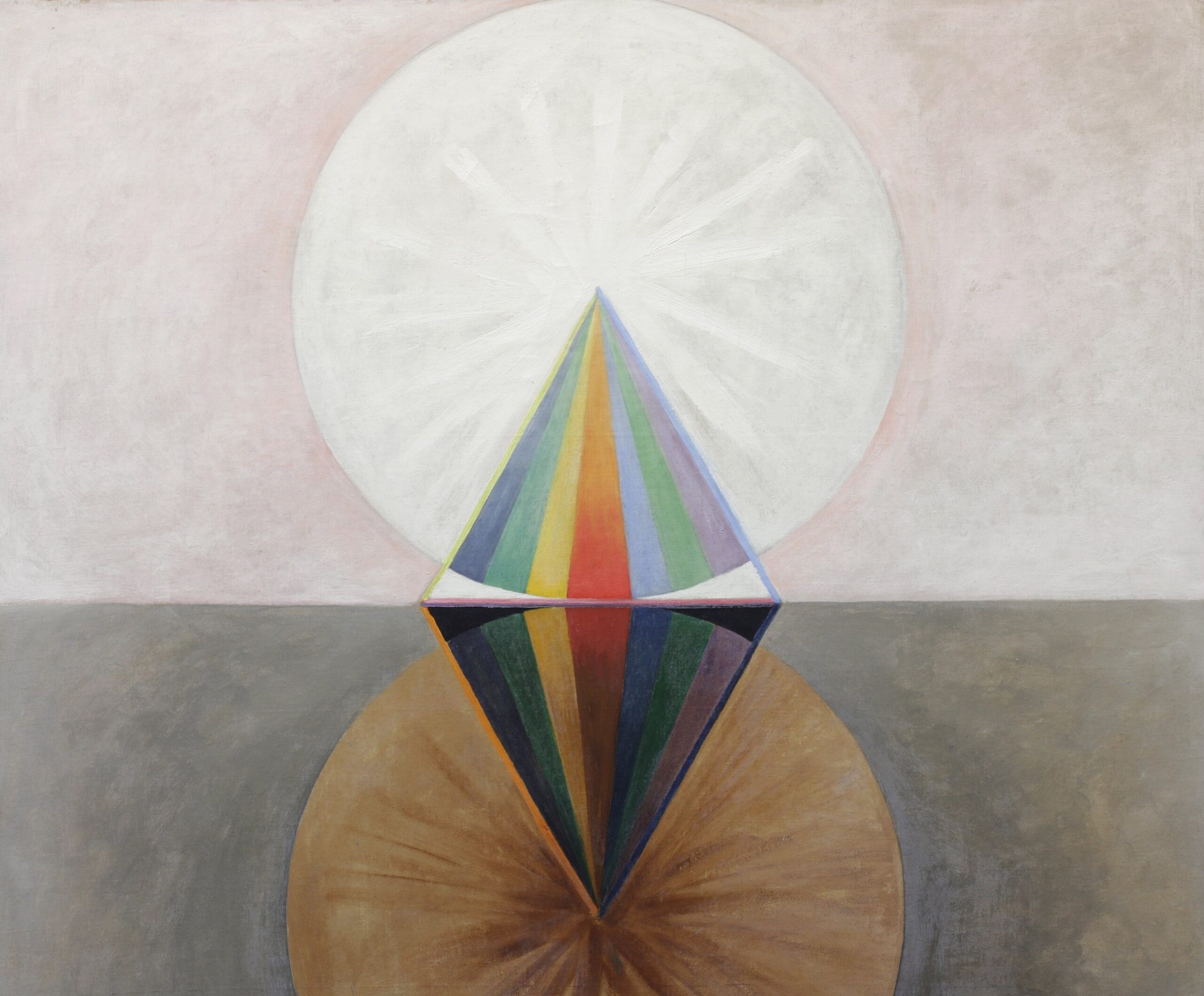
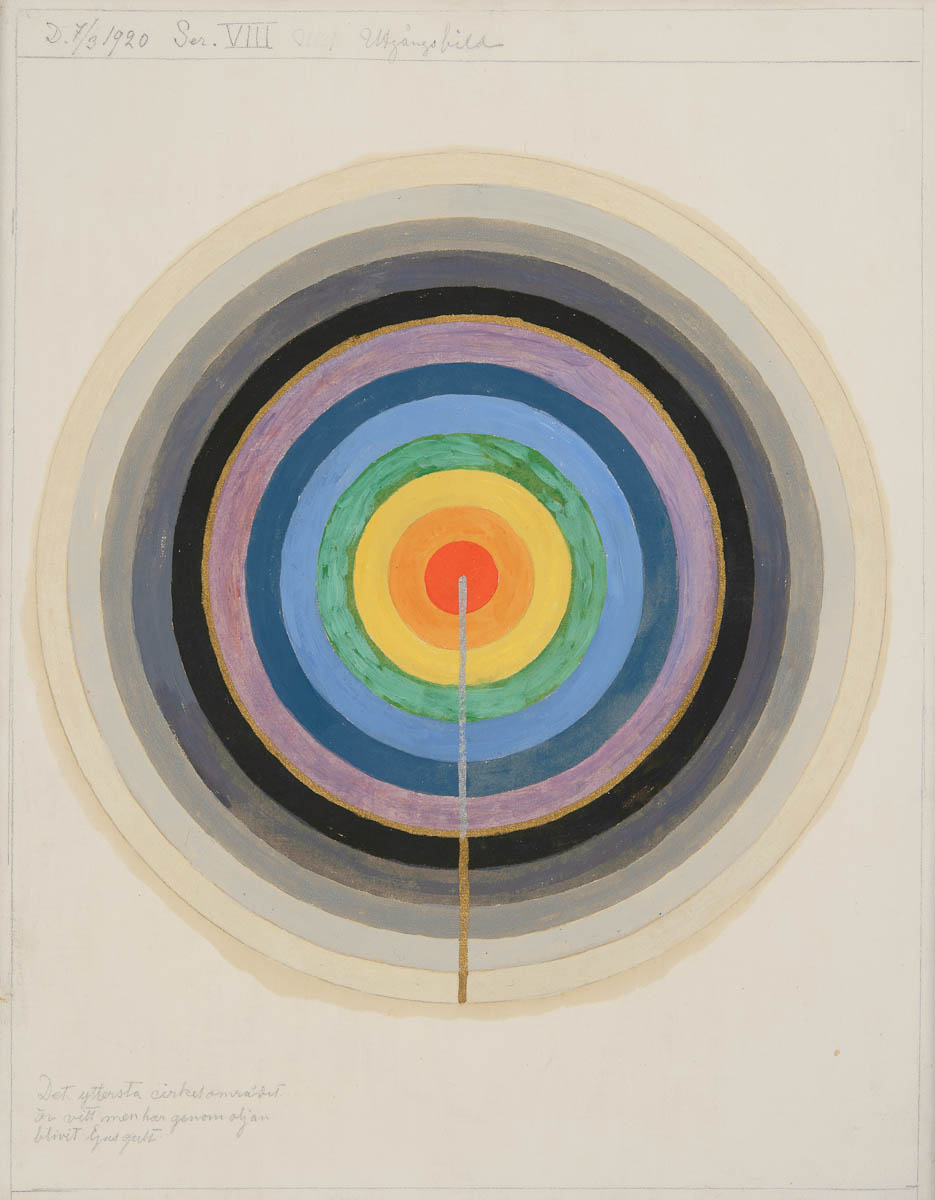
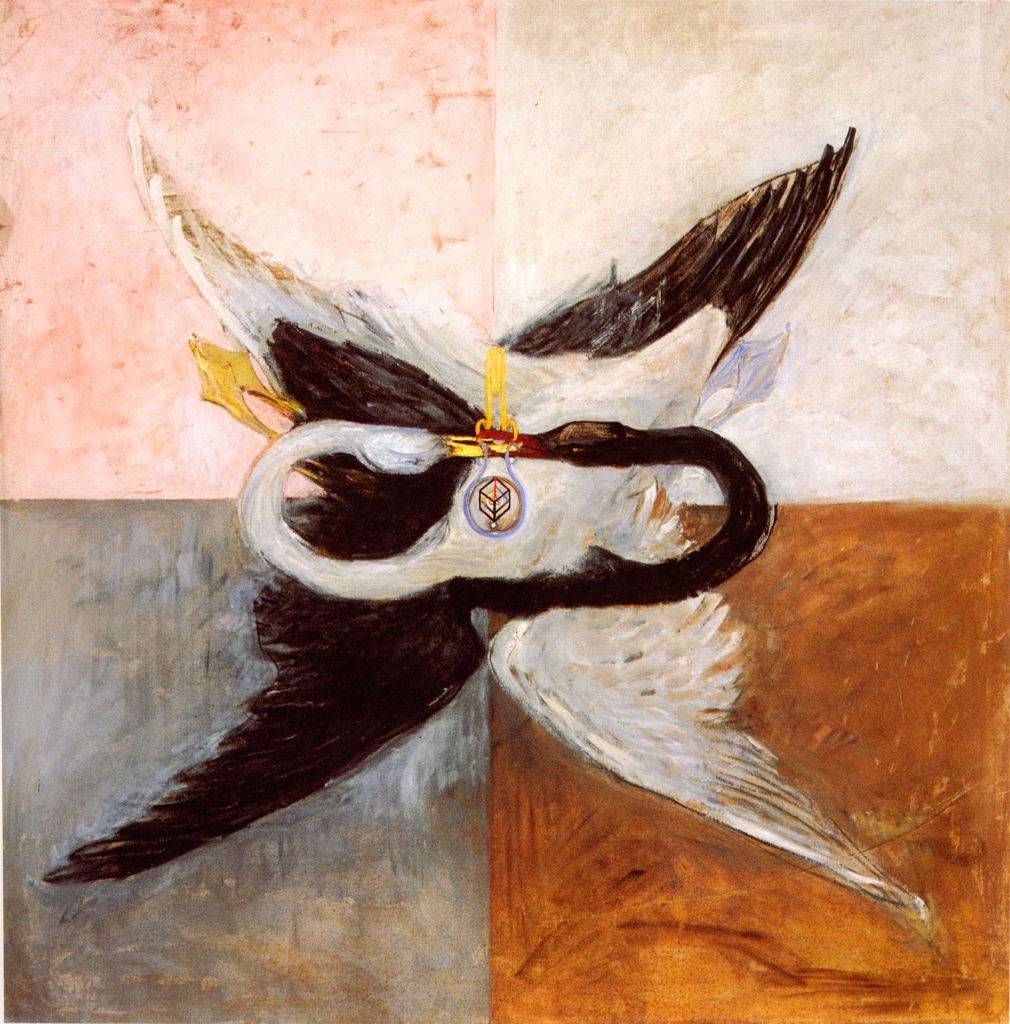

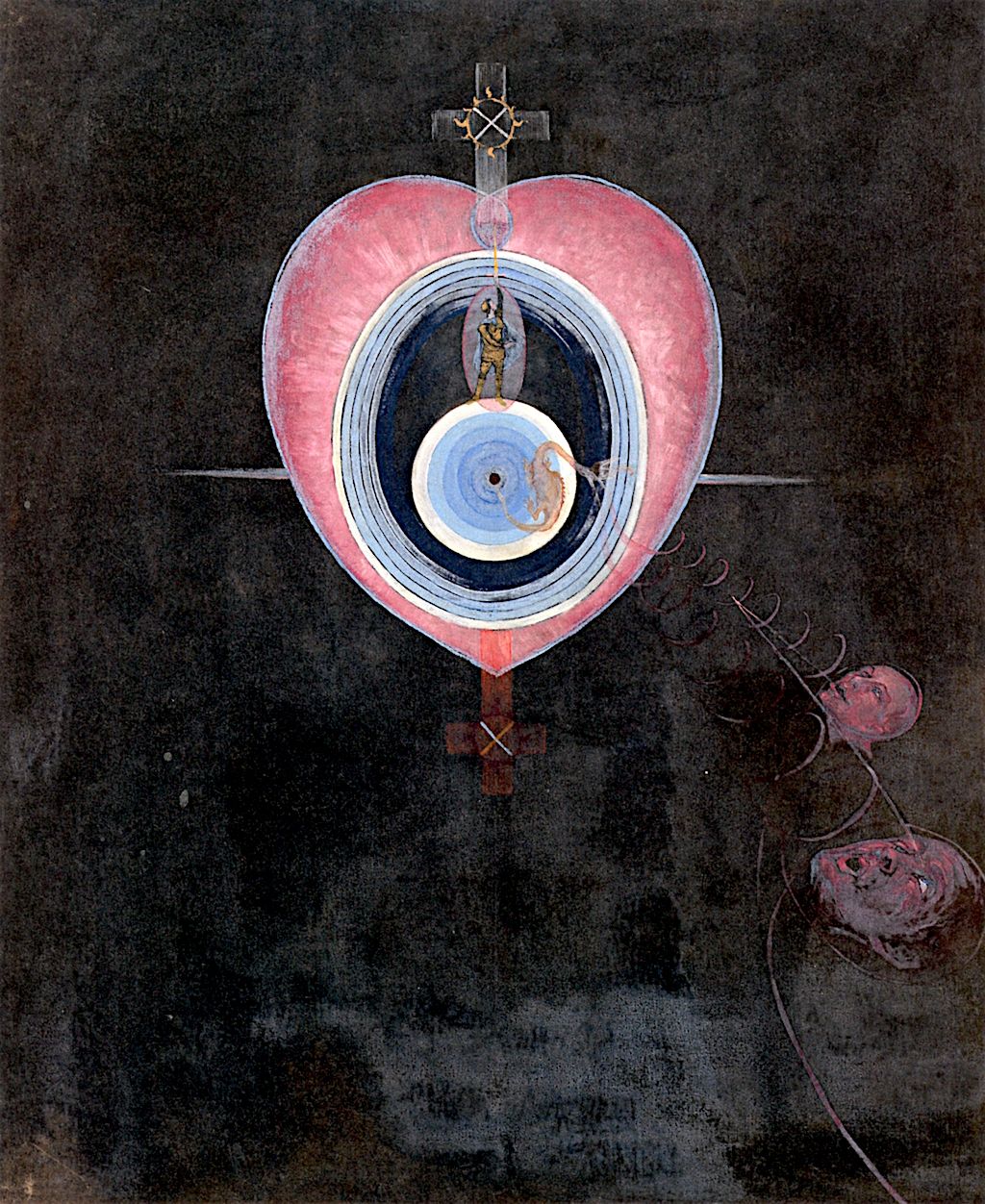
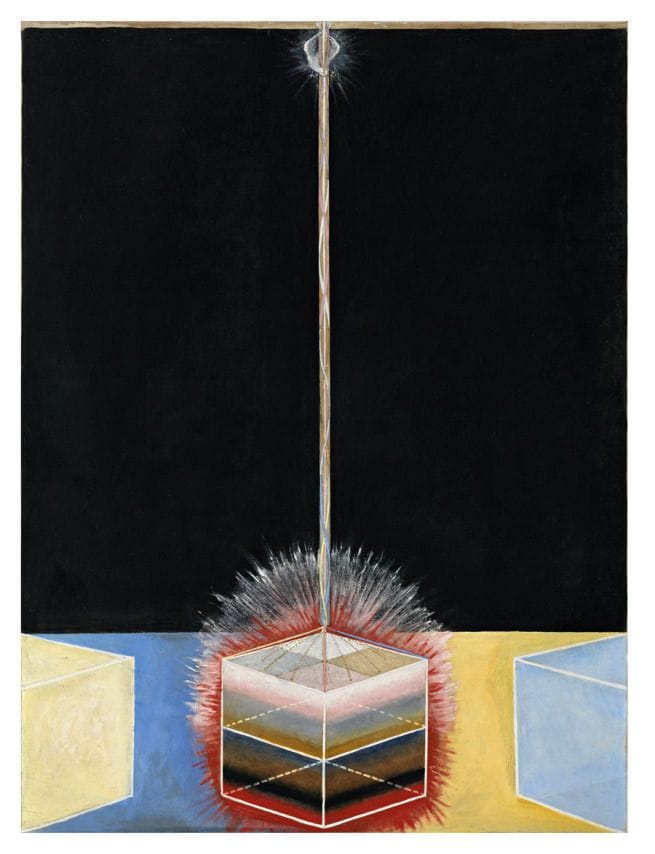

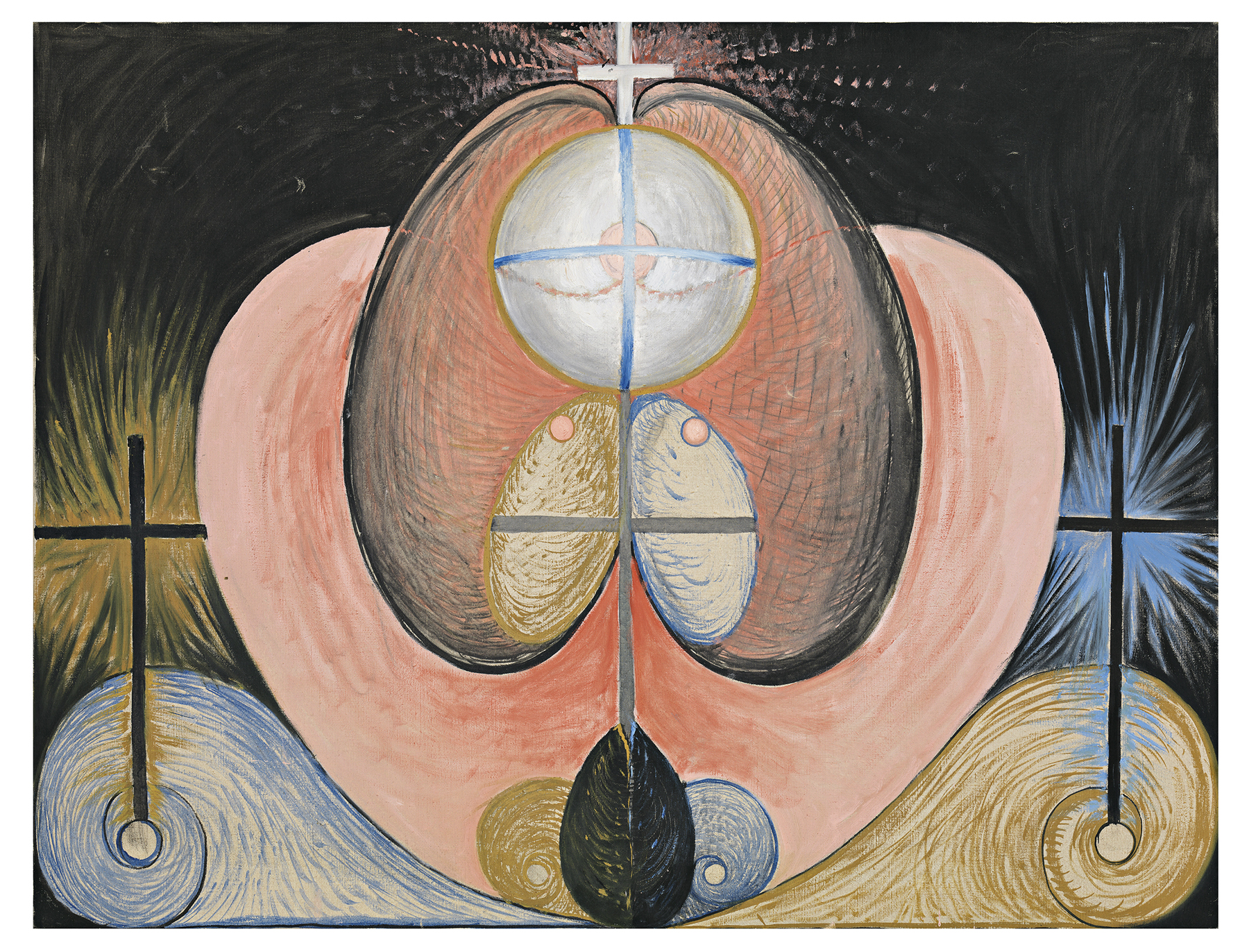
HILMA AF KLINT (26 October 1862 – 21 October 1944) ‘was a Swedish artist and mystic whose paintings are considered among the first abstract works known in Western art history.’
***
Beyond the visible
Halina Dyrschka, Germany, 2019, 93 min
Hilma af Klint was an abstract artist before the term existed, a visionary, trailblazing figure who, inspired by spiritualism, modern science, and the riches of the natural world around her, began in 1906 to reel out a series of huge, colorful, sensual, strange works without precedent in painting. The subject of a recent smash retrospective at the Guggenheim Museum, af Klint was for years an all-but-forgotten figure in art historical discourse, before her long-delayed rediscovery. Director Halina Dryschka’s dazzling, course correcting documentary describes not only the life and craft of af Klint, but also the process of her mischaracterization and erasure by both a patriarchal narrative of artistic progress and capitalistic determination of artistic value.
***
Meditation Drawings by OLGA FRÖBE-KAPTEYN (1881-1962) (September 7, 2020)
FREDRIK SÖDERBERG (March 15, 2011)


